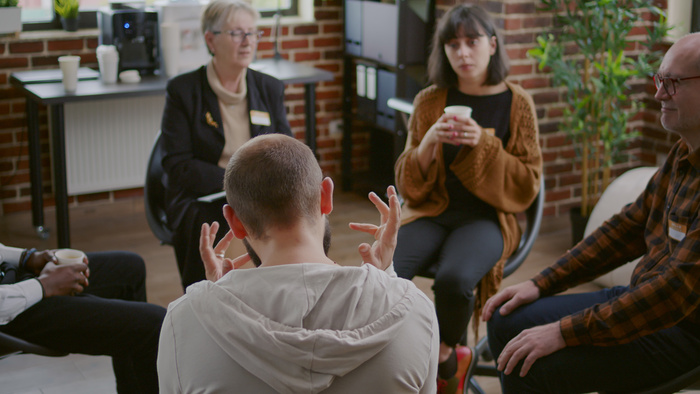7 Things You Should Know About Child and Adolescent Therapists
Taking care of your family means giving attention to physical, mental, and emotional needs. Recent life and global events have left us all with the need to re-evaluate emotions and feelings, regardless of age. Many children and adolescents are seeking improved mental health as they quickly realize that old relationship patterns and mental habits are no longer serving them.
Things To Know as You Embark on the Therapy Process
As you embark on the powerful path to healing, familiarize yourself with these fundamentals as you seek the help that your child or adolescent needs.
1. A “Perfect Fit” Is Out There
A counselor should meet the client where they are and provide simple, effective solutions that empower the client to find unique ways to heal. Consider involving your child in the therapist selection process to increase the chances that they will get to work with a provider they trust.
2. Therapists Help Work Through Resistance
It is rare to find a child that is self-realized to the point that they know they need therapy. A licensed therapist is trained to work around self-imposed barriers, establishing trust and helping your child open up and release toxic emotions that are holding them back.
3. Therapists Customize Treatment Plans
Working with a child involves finding strengths, weaknesses, and passions. The therapist will craft a customized treatment plan while involving the child or adolescent in the process. Giving them more control over their healing process creates buy-in and promotes stronger client/therapist relationships.
4. Therapists Provide Many Therapies
Mental health services are varied and effective. A unique blend of individual therapy, medication, psychological screenings, occupational therapy, physical therapy, art, and recreational therapy are all used to balance strengths and weaknesses. A child can express themselves in various ways as they determine which paths to healing are most effective.
5. Therapists Find and Utilize School Resources
Most schools offer mental health resources for both parents and students. Some schools are in partnership with various therapy institutions, and mental health providers regularly visit these schools to help draft plans for students that need care. If parents don’t know where to start, reaching out to their child’s school is an excellent way to connect to the professional community to see what resources are available to a family.
6. Therapists Involve the Whole Family
Children and adolescents in therapy need to know that their families are surrounding them with love and support. At some point in the therapeutic process, your child’s care team may reach out and ask you to take specific action steps that help promote healing in your home. All family members must be on board with this process, as it will hasten the positive effects of therapy.
7. Therapists Provide Ways To Connect and Support Social Interaction
Children and adolescents in therapy need to know that they are not alone and that there are other valued members of the therapy community that can help authenticate their journey. Therapists may seek to connect other patients with similar challenges and interests to promote social interaction and help clients work through feelings of anxiety, uncertainty, and isolation.
Banyan Group Counseling: Psychotherapy for Children and Adolescents
Don’t let finding the right child or adolescent therapist be yet another worry on your plate. We provide cutting-edge therapies and solutions for children and adults, with skilled therapists who have what you need to heal. Our therapists provide support for substance abuse, family issues, emotional health, depression, stress management, and other troubling issues. Contact Banyan Group today, and look forward to better mental and emotional health.



